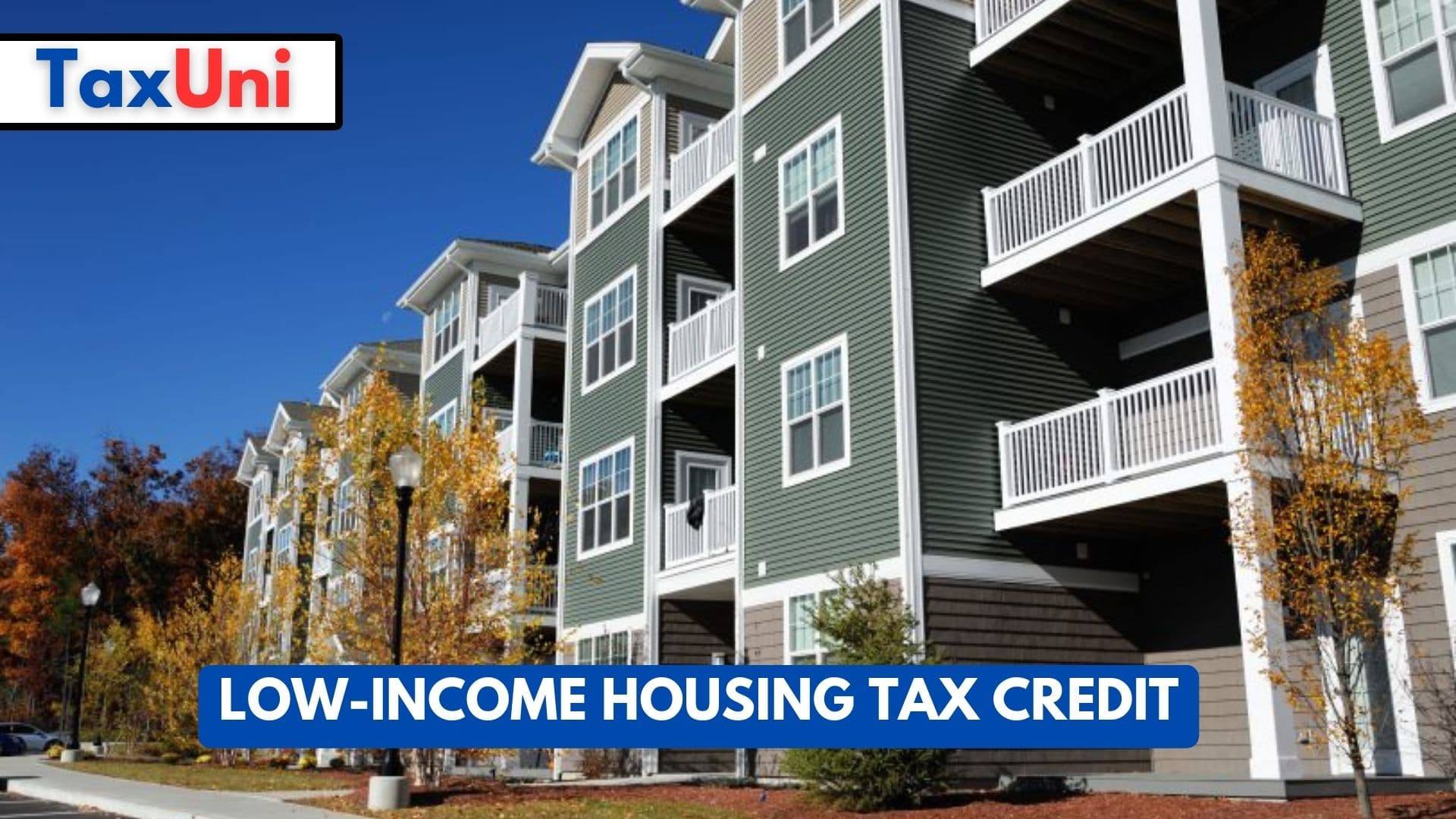Low-Income Housing Tax Credit
The Low Income Housing Tax Credit (LIHTC) is a federal program that incentivizes developers who construct and rehabilitate affordable rental properties. The program is responsible for nearly all new affordable housing construction in the country.

The Low-Income Housing Tax Credit (LIHTC) provides incentives for developers and owners of rental housing to build or rehabilitate affordable homes and apartments for low-income households. LIHTC is the largest source of new affordable rental units in the United States. It provides non-refundable federal tax credits to encourage private investment in the construction, acquisition, or rehabilitation of rental housing targeted for households with incomes at or below a specified median income, usually about 60 percent of area median income. For 2023, HUD published capped income limits that reflect a 5.92 percent increase over the previous year’s caps. The capped limits will affect new LIHTC properties placed in service in 2023.
The capped income limits include the cost of utilities paid by residents (also known as utility allowances) but exclude other utilities such as water, trash, sewer, and electric that are provided by local government. The limits also exclude public assistance payments and a variety of deductions. The capped limits are also subject to the hold harmless policy, which protects LIHTC site-specific income and rent limits from dropping in years when area median income falls. To protect against this, LIHTC owners should compare their current MTSP HERA special income and rent limits to the capped limits to ensure compliance.

Who is Eligible?
To receive the credit, developers must meet income tests and gross rent tests for each unit rented to tenants at or below the specified median income. LIHTC is awarded through state housing agencies according to a qualified allocation plan, which must prioritize projects that will house very low-income families and provide affordable housing for the longest time.
LIHTC can subsidize either 30% or 70% of the cost of a project, depending on whether it is new construction or rehabilitation of an existing building. In addition, many states offer a non-refundable state tax credit that may be applied against the property’s state income taxes, premium taxes for insurance companies, or franchise taxes for financial institutions. New York, for example, offers a 9% LIHTC that can be used to subsidize new construction or the purchase and rehabilitation of existing buildings. It also has a scoring incentive for projects that include community service facilities and a requirement to serve tenants with special needs such as homelessness, mental illness, substance abuse, domestic violence, or physical disabilities.

Is LUHTC Really Helpful?
Supporters argue that the federal LIHTC effectively creates decent, safe, and sanitary affordable housing for low-income individuals and families. They believe that the reduced rents help families and individuals spend more of their limited income on food, education, health care, and other necessities. Critics, however, point out that the tax incentives for affordable housing are often used to compensate developers, syndicators, general partners, and managers rather than invest in new rental property construction.
In addition to the federal LIHTC, many states also provide state low-income housing tax credits. These state credits are awarded through a competitive process and are typically used to fund the construction or rehabilitation of existing low-income housing. They are also commonly used to fund local community improvement projects such as streets, sidewalks, parks, and libraries.





